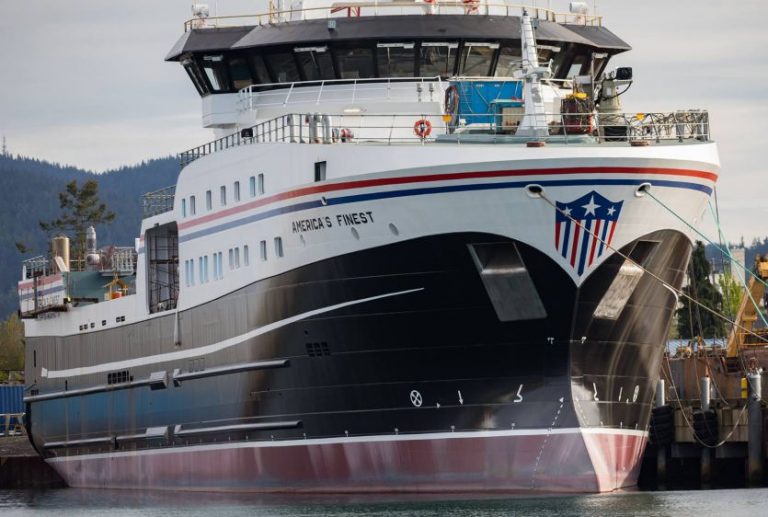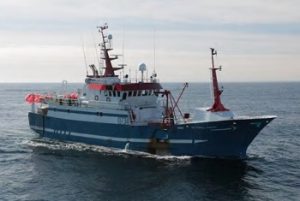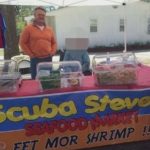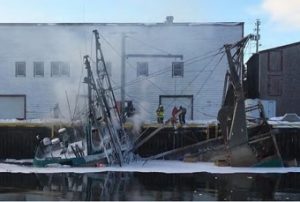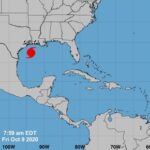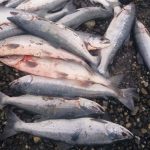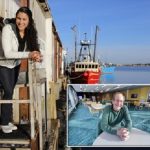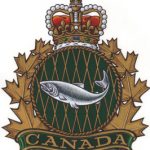Tag Archives: Strait of Georgia
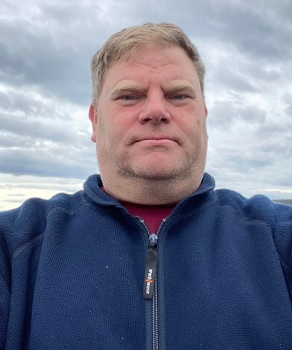
Dismal B.C. herring season sparks renewed calls for moratorium
Three days after setting his nets out in the Strait of Georgia between B.C.’s mainland and Vancouver Island, Josh Young headed back home to Pender Harbour. The herring he was expecting to catch were nowhere to be found. “I will be honest… the stocks I saw this year weren’t the healthiest year I’ve ever seen,” Young said. “We didn’t catch our entire quota.” Young wasn’t alone. When the season opened March 3 for boats equipped with seine nets, they scooped up their fill of the silver foot-long fish in 48 hours. By the time Young and hundreds of others using gillnets arrived on March 5, the fish seemed to have disappeared. “It was a different year,” Young said stoically. >click to read< 16:31
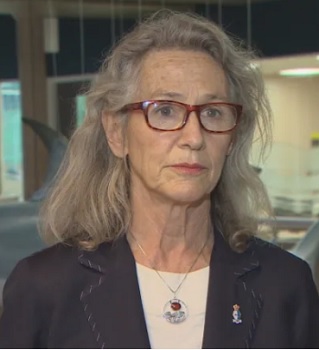
Fisheries Minister Discards Science in Pacific Herring in the Strait of Georgia Decision
“Shocked and devastated,” says the Herring Conservation and Research Society’s Rob Morley of Fisheries Minister Joyce Murray’s decision to reduce the harvest rate on Pacific herring in the Strait of Georgia to 10% from the long-standing, science-validated 20%. “Fisheries management decisions should be based on solid peer-reviewed science not the number of signatures on a petition.” To make matters worse, he added, “DFO will take 85% of the likely landed value in seine licence fees that were set in the 1970s. How are harvesters supposed to make a living?” >click to read< 11:38

Moratorium sought on herring fisheries; critical for salmon
Conservationists are calling for a moratorium on both the upcoming food-and-bait herring fishery in the Strait of Georgia and next season’s roe herring fishery,,, They fear herring living year-round in the Strait of Georgia are at risk due to fishing.,, Conservancy Hornby Island said Strait of Georgia herring stocks are little understood. The organization is among groups urging Fisheries Minister Joyce Murray to impose a moratorium on the fish-and-bait and the roe herring fisheries to rebuild stocks coastwide.,, Rob Morley, chairman of B.C.’s herring industry advisory board, has a different view of herring fisheries in the strait, saying scientific analysis and modelling show it’s a sustainable fishery with healthy stocks. “It is our feeling that it is a very well-managed sustainable fishery.” >click to read< 16:06
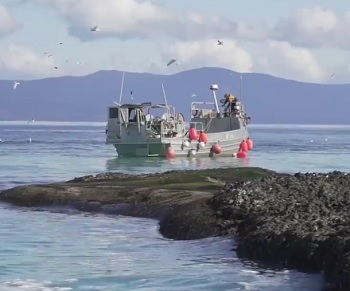
Strait of Georgia: DFO sets herring fishing quota at 20 per cent, cons call for ban
Herring fishermen Quincy Sample in Comox look forward to being back on the water after the Department of Fisheries and Oceans announced a 20 per cent harvest rate for this year’s return in the Strait of Georgia. For Sample and many others, it’s an important part of their livelihoods. “It’s a very important part of our year,” said Sample. “It supplies a good income for us, our families, and our deckhand’s families. It probably accounts for 35-40 per cent of my overall year.” >click to read< 09:15
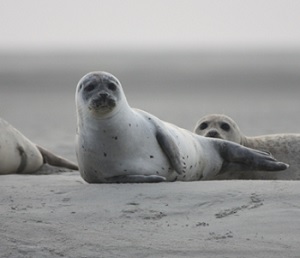
Harbour seals prime suspect in decline of steelhead populations in Thompson watershed
Rob Bison, a fish stock biologist, gave a live-streamed presentation on factors that could be contributing to the steelhead’s decline,,, The fish populations in the two rivers have been declining over the last 30-40 years, but it’s likely not their stream habitats that have led to the decline, he said. The drastic decline in steelhead appears to happen when the fish reach inshore waters and are eaten by harbour seals,,, Bison estimated that by reducing seal populations, steelhead populations could increase by 486%. >click to read< 13:03
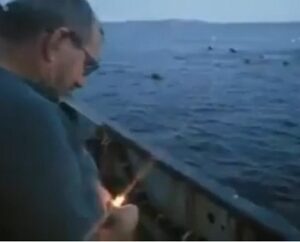
Commercial skipper fined for throwing bear banger at sea lions
B.C. harvester Allan Marsden pleaded guilty in Courtenay Provincial Court to disturbing marine mammals under section 7.1(b) of the Marine Mammal Regulations. Marsden was fined $8,000 and prohibited from possessing explosives for the next three years. The March 2019 incident in the Strait of Georgia made headlines after a video of it surfaced on social media. The video prompted a lengthy investigation by fishery officers from the Georgia Basin North Conservation and Protection detachment out of Nanaimo. (I watched it again, and yes guys. it was awesome!) >video, click to read< 16:48
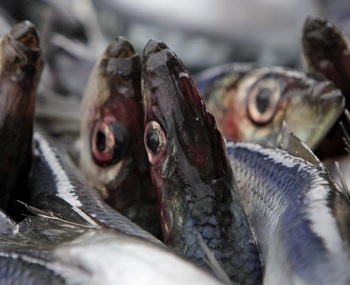
Canada’s high-stakes herring fishery gamble
This year, in response to an expected low herring return in the Strait of Georgia, Fisheries and Oceans drafted a plan to keep the harvest level at 20 per cent, the same level as when herring are abundant. Evidence over the past couple of years shows herring populations have fallen rapidly due to natural variation, which means precaution is required. The current assessment suggests there’s a one-in-four chance the stock will fall below the point when no fishing is permitted. Leading fisheries management agencies around the world have implemented rules for these types of scenarios to rein in the risk. Beginning this year, Fisheries and Oceans Canada must strive to do the same. >click to read< 15:50
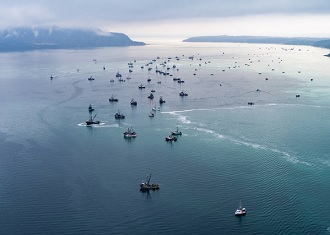
Opponents call for closure of herring fishery in Strait of Georgia
A Fisheries and Oceans Canada (DFO) management plan for herring recommends a 20 per cent harvest in the Strait of Georgia. Opponents say the harvest rate has contributed to a 60 per cent decline in the population size since 2016. The roe fishery is slated to open early March, pending approval of the Integrated Fisheries Management Plans from the director general of the Pacific Region. >click to read< 09:41
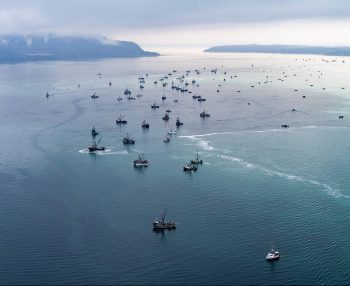
Roe herring fishery meets DFO expectations; opposition continues to question sustainability
As with other years, the allowable catch was set at 20 per cent of the estimated 135,000 tons of returning herring. Both seiners and gillnetters came in under their quotas with seiners bringing in 7,178 tons of their 8,311 ton quota, and gillnetters catching 8,373 tons of their 11,472 ton quota. Neil Davis, director of resource management program delivery with the Department of Fisheries and Oceans, says overall the fishery had good success and there were no surprises in terms of the catch versus the quota. Quincy Sample, a Comox fisherman, says he was a few tons short of reaching his quota,,, >click to read<11:34
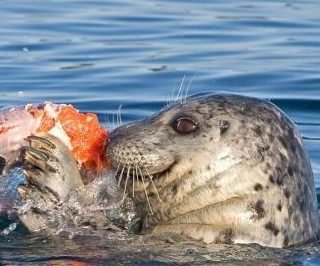
Seals a major factor in fewer salmon
Re: “Ottawa cutting chinook catch to save orcas,”>click to read< May 25. The article concerning the decline of chinook salmon and orca populations fails to mention the influence of seals. According to the University of British Columbia marine mammal research unit, seal numbers in the Strait of Georgia increased from about 5,000 to more than 40,000 from 1970 to 2008, and now kill about half of the juvenile coho and chinook. Reducing the salmon sport catch without addressing the exploding numbers of seals will not help the orcas much. >click to read<17:53
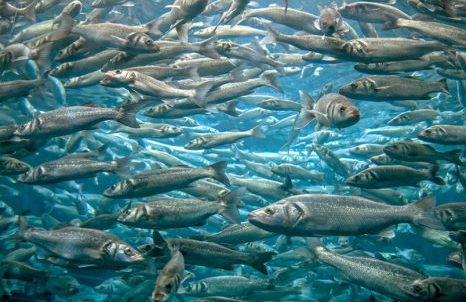
Pacific herring: Fisheries and Oceans Canada seeks herring input from the public
Fisheries and Oceans Canada (DFO) is drafting its 2018 management plan for Pacific herring and looking for the public’s thoughts. DFO herring resource manager Roger Kanno said the federal fisheries agency is preparing its integrated fisheries plan for the herring, which be available for the public to read and comment on in December. A food and bait herring fishery, the smallest of DFO’s four herring fisheries, is currently open in the Strait of Georgia at Pacific Fisheries Management area 15, the part of the strait around the upper Sunshine Coast, although the main harvesting is happening near Hornby Island and Campbell River. click here to read the story 14:56
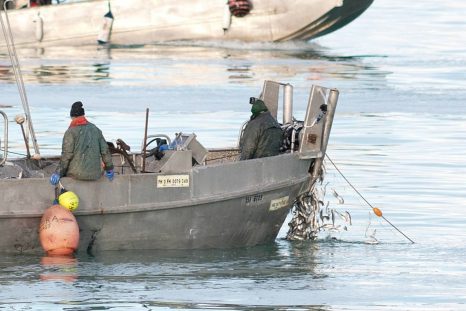
Plenty to go around from this year’s Strait of Georgia herring spawn
It was another strong year for the local herring roe harvest — in line with a growing abundance of herring over the last decade that has led to “historic highs,” said the executive director of the Herring Conservation and Research Society, Greg Thomas. The Nanoose Bay resident said the prediction for this year was 150,000 total tons of herring in the Strait of Georgia. The numbers are provided by Fisheries and Oceans Canada, which assesses the strength of each year’s spawn, and sets the quotas for the following year. The quotas tend to be about 20 per cent of the total, said Thomas. While some reports have said the herring quotas in the Qualicum Beach to Nanoose Bay area were caught quite quickly, Thomas said that, overall, “(Fishing companies) didn’t achieve their total allowable catch, however they did catch a substantial amount of fish.” click here to continue reading the story 08:47
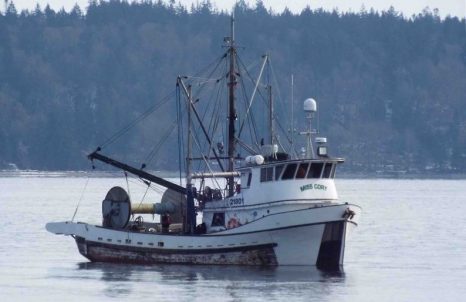
Fishing fatality prompts call for safer vessels, full investigation
The brother of the 51-year-old fisherman from Alert Bay who died when the Miss Cory capsized is calling for safety improvements to the industry. Mel Rocchio was in the engine room when the vessel took less than 15 seconds to capsize Monday afternoon after listing in calm waters near Comox, off Cape Lazo. It was the first day of the commercial seine roe-herring fishery in the Strait of Georgia. Four other crew members survived. Rocchio’s brother, Jim, also a veteran of the commercial fishing industry, said a 19.5-metre-long boat doesn’t sink that fast unless there are “catastrophic failures.” He said he wants to see a full investigation into his brother’s death. “If anything, we need to learn from this,” he said. “I really feel in my heart that no one else should have to go through this. Identify the problem and correct it so other people don’t lose a brother, or uncle or grandfather.” continue reading the story here 10:54
Bumper harvest as herring return to Strait of Georgia in great numbers
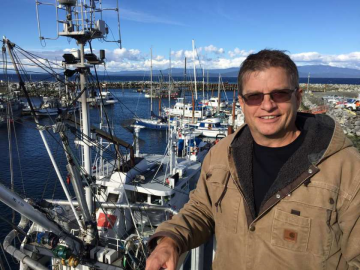 The commercial roe-herring fishery opened with a flourish over the weekend as the gillnet fleet took its share of what the federal government predicts to be “near-historic” returns to the Strait of Georgia. The height of the action took place just north of Parksville, where gillnetters unfurled their nets in choppy seas and high winds along the east coast of Vancouver Island. Curious onlookers lined the shoreline, some with cameras and others with sport-fishing rods. Gulls and sea lions patrolled for their own catch. Milt — the seminal fluid — released by the male herring gave the cobalt ocean waters an exotic milky-turquoise colour. “It’s like a big orgy in a hot tub,” offered Brad McLean, owner of French Creek Seafood, watching from his second-floor office window. “It’s pretty, if you don’t think of what it is.” continue reading the story here 20:18
The commercial roe-herring fishery opened with a flourish over the weekend as the gillnet fleet took its share of what the federal government predicts to be “near-historic” returns to the Strait of Georgia. The height of the action took place just north of Parksville, where gillnetters unfurled their nets in choppy seas and high winds along the east coast of Vancouver Island. Curious onlookers lined the shoreline, some with cameras and others with sport-fishing rods. Gulls and sea lions patrolled for their own catch. Milt — the seminal fluid — released by the male herring gave the cobalt ocean waters an exotic milky-turquoise colour. “It’s like a big orgy in a hot tub,” offered Brad McLean, owner of French Creek Seafood, watching from his second-floor office window. “It’s pretty, if you don’t think of what it is.” continue reading the story here 20:18
Seal cull not yet warranted despite large salmon diet say researchers
 Harbour seals off B.C.’s South Coast may consume up to 60 per cent of the Strait of Georgia’s young chinook and coho salmon every year, according to UBC research. Growing concerns about B.C.’s salmon numbers has focused on orca populations and rising water temperatures in the past, but this study suggests the dramatic increase in the harbour seal population in recent decades may play a role as well. Still, the connection between low salmon stocks and a large harbour seal population is not clear enough to warrant a seal cull, scientists warn. Read the foolishness here 10:49
Harbour seals off B.C.’s South Coast may consume up to 60 per cent of the Strait of Georgia’s young chinook and coho salmon every year, according to UBC research. Growing concerns about B.C.’s salmon numbers has focused on orca populations and rising water temperatures in the past, but this study suggests the dramatic increase in the harbour seal population in recent decades may play a role as well. Still, the connection between low salmon stocks and a large harbour seal population is not clear enough to warrant a seal cull, scientists warn. Read the foolishness here 10:49
Seals blamed for drop in Strait of Georgia juvenile salmon stocks
 A bountiful population of harbour seals is a prime suspect in the decline of coho and chinook in the Strait of Georgia, according to a new study. The population of harbour seals has grown steadily with federal protection, from fewer than 5,000 in 1970 to about 40,000 in 2008 in the Strait of Georgia — a period that corresponds with marked declines in coho and chinook. “In the 1970s, you could take 60 to 70 per cent of the population sustainably every year and there’d still be plenty of fish coming back to spawn — and that just doesn’t happen any more,” Read the article here 19:47
A bountiful population of harbour seals is a prime suspect in the decline of coho and chinook in the Strait of Georgia, according to a new study. The population of harbour seals has grown steadily with federal protection, from fewer than 5,000 in 1970 to about 40,000 in 2008 in the Strait of Georgia — a period that corresponds with marked declines in coho and chinook. “In the 1970s, you could take 60 to 70 per cent of the population sustainably every year and there’d still be plenty of fish coming back to spawn — and that just doesn’t happen any more,” Read the article here 19:47
Spot prawn fleet agrees to voluntarily avoid nine prehistoric reefs in the Strait of Georgia
 B.C.’s commercial spot prawn fishermen have, for the first time, agreed to voluntarily avoid nine prehistoric glass-sponge reefs in the Strait of Georgia during this year’s spot prawn fishery. The scientific community was stunned when glass-sponge reefs, described by the Vancouver Aquarium as the “longest living animals in the world.” were first discovered in Hecate Strait in 1987. Read more here 09:45
B.C.’s commercial spot prawn fishermen have, for the first time, agreed to voluntarily avoid nine prehistoric glass-sponge reefs in the Strait of Georgia during this year’s spot prawn fishery. The scientific community was stunned when glass-sponge reefs, described by the Vancouver Aquarium as the “longest living animals in the world.” were first discovered in Hecate Strait in 1987. Read more here 09:45

































